Educate Yourself: Back to School Around the Globe
By Vanessa Mosharaf and Analiz González
Buckner International
We see it in the movies all the time: children grumbling because summer is over, reeling in the imminent dread of going back to school. Many of us are seeing this same scene played out in our own homes right now.
That’s because we don’t see the whole picture.
Around the world, millions of families make huge sacrifices to send their children to school. Others can’t afford to send them at all. So as we face our traditional back to school woes, let’s learn a little more about some of the education practices around the globe.
Mexico
Children in Mexico are required by law to go to school until age 15. However, many children are often poverty stricken and cannot afford to buy the required uniforms, find transportation and purchase books and school supplies
“The expectations are unrealistic, so the government doesn’t strictly enforce the law,” explained Dexton Shores, director of Buckner ministry development in Mexico. “Children served by Buckner benefit from the gifts of U.S. donors who give scholarship money to Mexican parents to cover the cost of school requirements and to make tutoring possible at Buckner ministries.”
Besides school work and chores, children often have to work the fields or sell merchandise to help support their parents and siblings. The urgent need to eat often leads to absences and drop outs, Shores said.
Facts:
• The high cost of school attendance (up to $50 a month) forces many to drop out.
• Children attend school in two shifts: from 7 a.m. to 1 p.m. and from 1 p.m. to 7 p.m.
• Buckner hosts a feeding program between shifts to provide the only decent meal some children receive.
• According to the United Nations Children’s Fund, only 66 percent of middle-school age children are enrolled in school.
• Few, if any, Mexican schools are climate controlled.
Kenya
In Kenya, just like in the United States, there are always a few nervous children who cry on the first day of school. There are also others who appear very content.
“There are children, like those that we have recently brought into Buckner care who are just happy as long as there is food in school because they are just coming out of very difficult situations,” said Dickson Masindano, director of Buckner in Africa.
Not all children attend school, Masindano explained. “It is for the privileged few who can afford it and also the very smart who can perform well in required examinations. People who make donations to Buckner in Kenya can help us pay for a child’s uniform, food and school supplies.”
Masindano explained that Buckner helps children accomplish things that would have been virtually impossible if they had not been taken under Buckner care.
“Daniel Odhiambo, who grew up in the Baptist Children’s Center (a Buckner residential program in Nairobi), is now pursuing his lifelong dream of becoming a computer engineer,” Masindano said. “He lives at the Buckner senior boy’s transitional home and is attending a university.”
Facts:
• 69% of Kenyan children are enrolled in school, the rest often spend the day doing labor work in plantation farms or working as maids.
• Public school children attend schools with a 50:1 student to teacher ratio for $10 a semester.
• Private school children attend schools with a 25:1 student to teacher ratio for about $80 a semester.
• Many Buckner children attend school on a regular basis for the first time once they are brought under Buckner care.
Latvia
Parents in Latvia often decide whether or not their child will go to school. Although children are required by law to attend school through ninth grade, they must first register at school, which often means letting go of the family baby sitter and $200 in school supplies and books.
“The greatest need for the children is parents’ undivided attention,” said Dace Rence, director of Buckner in Latvia.
After completing the ninth grade, most children move on to a trade school instead of seeking higher education, Rence said. While public schools are free through 12th grade, universities usually cost between $6,000 and $8,000 a year.
Facts:
• A child’s education costs $200 a year.
• Most orphans attend school through ninth grade, then attend a trade school.
• 95% of children attend school, but many will drop out after ninth grade.
United States
The United States is not devoid of the educational struggles that plague countries abroad. As columnist Bob Herburt pointed out, “Every 26 seconds, a child drops out of school which means more than a million children a year drop out.”
For most children, school is just a necessary part of growing up. For many others, undocumented and homeless children, school is not even an option. Without a Social Security card, immunization record and birth certificate, many children go without an education, said Melissa Opheim, director of strategic planning for Buckner Children and Family Services.
“Children need mentors. They need people to get involved in locals schools and encourage them,” Opheim said.
Facts:
• A child drops out of school every 26 seconds.
• 95% of children are enrolled in school by age 6.
• 39% of the nation’s children live in families with low incomes.
• 9% of children in the United States dropped out of school in 2006.
Guatemala
In Guatemala, education is a privilege, not a norm, said Erick Mejía, a Buckner follow-up team leader in the country. The restraining factor: money.
“For 50 percent of Guatemalan families, education is inaccessible because they have more than one kid,” he said. “Sometimes there are no schools close to their homes, which makes it even harder.”
Because education is not required by law, many small towns do not have a school at all, making education impossible for families without transportation, Mejia said. Most children can only afford to attend school until they are old enough to work.
“It is hard,” he said, “because when they have money they think they do not need to keep studying.”
Facts:
• 40% of Guatemalan children are unschooled.
• Education costs between $80 and $100 a year.
• Buckner orphans are required to attend school, but they often age out of care before completing high school.
• Greatest need right now is access to education (transportation and economic feasibility).
Peru
Children in rural areas of Peru often walk for hours to get to a school where several grade levels are combined to a single class room.
It’s no surprise, then, said Claudia Leon, director of Buckner in Peru, that only two out of every 100 children in these parts demonstrate any level of reading comprehension.
“The status of our education has been declared as under a ‘state of emergency’ by the government on several occasions,” Leon said. “We have a very poor quality of education in public schools."
Leon added that school infrastructure is also poor, especially in rural areas and that often the schools have no water or sewage systems in place.
Facts:
• Only two out of every 100 sixth graders in the rural areas of Peru demonstrate reading comprehension.
• Children often have trouble concentrating in school because they suffer from malnutrition.
• Buckner has two transitional programs to help young women obtain higher education in Peru. One is in Lima and the other is in Cusco.
To learn more about these cultural norms and more, visit www.ItsYourMission.com and click on Go There. Or if you’d like to help support a child’s education, contact Buckner Foundation at 214-758-8050 to learn how.



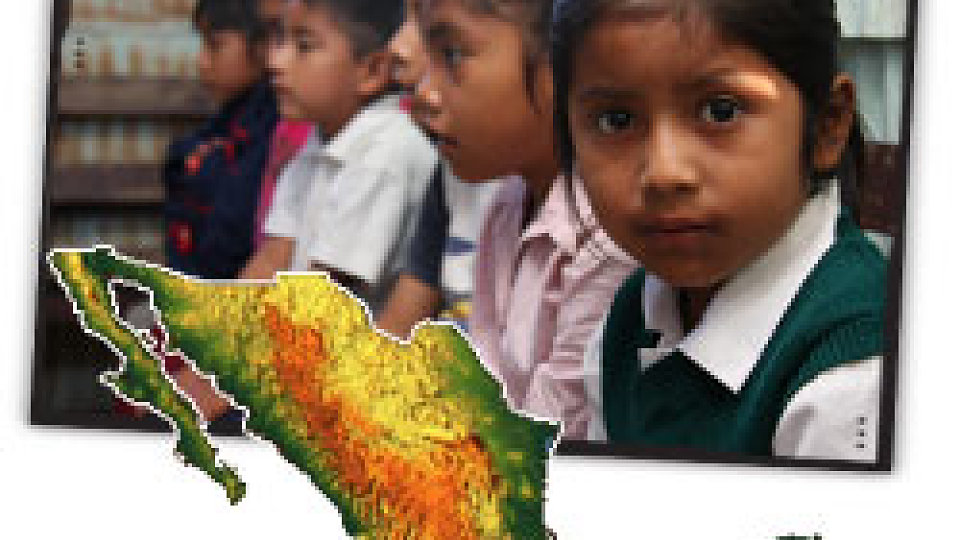
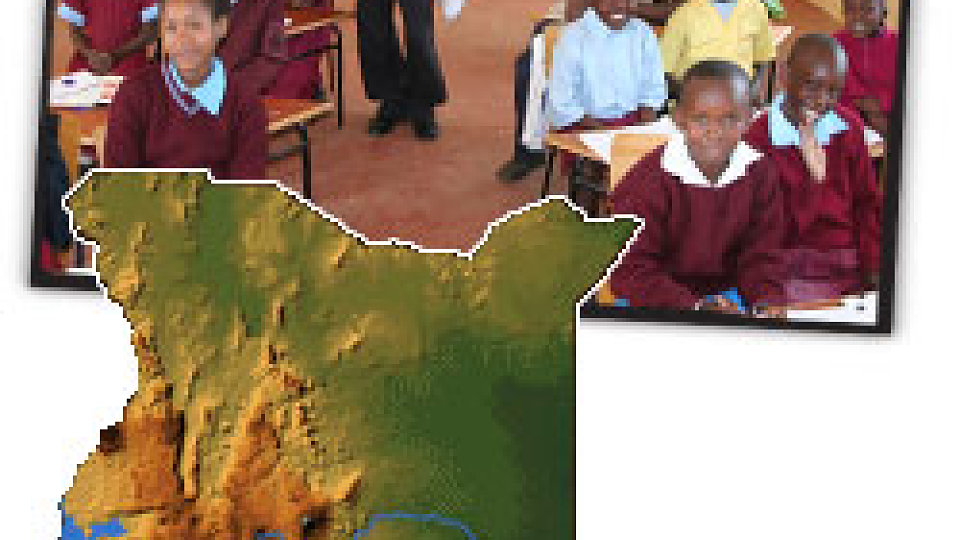
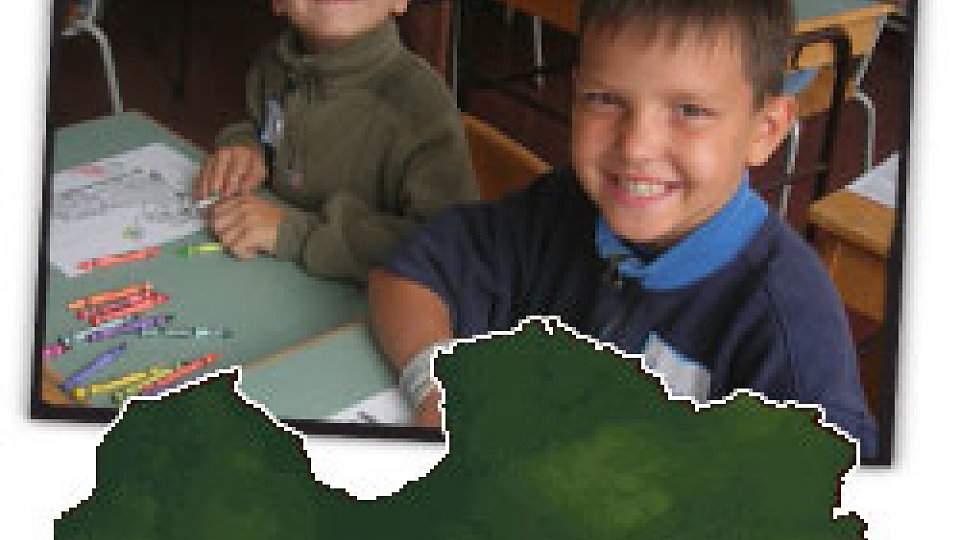
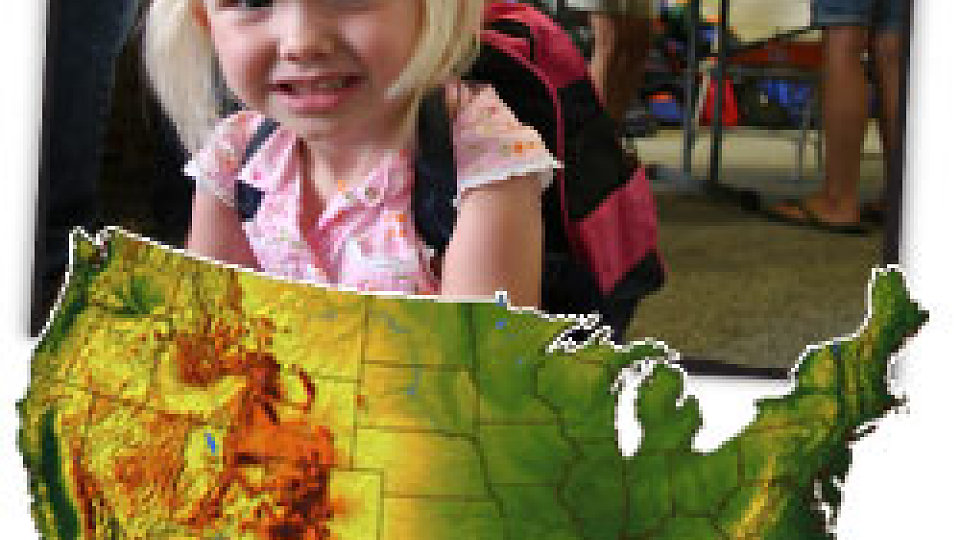
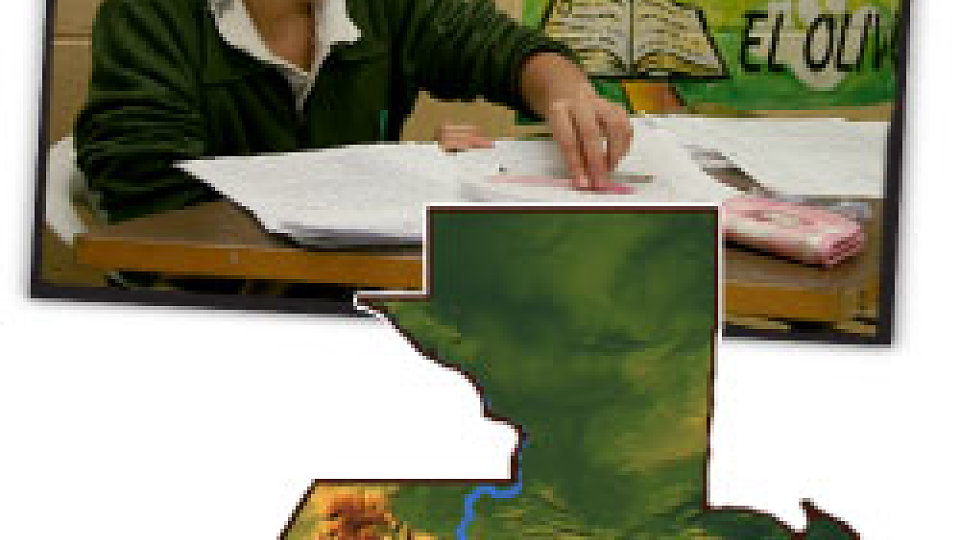
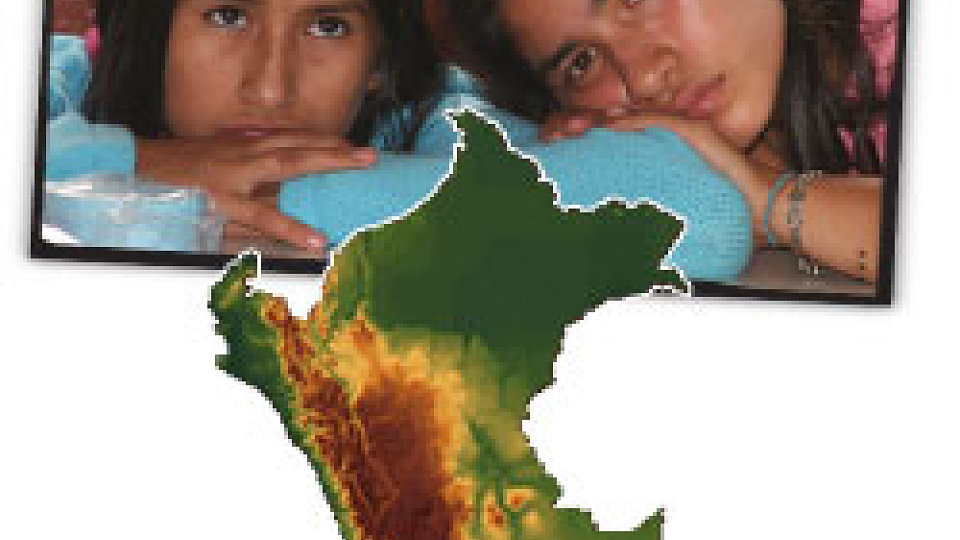







Add a Comment